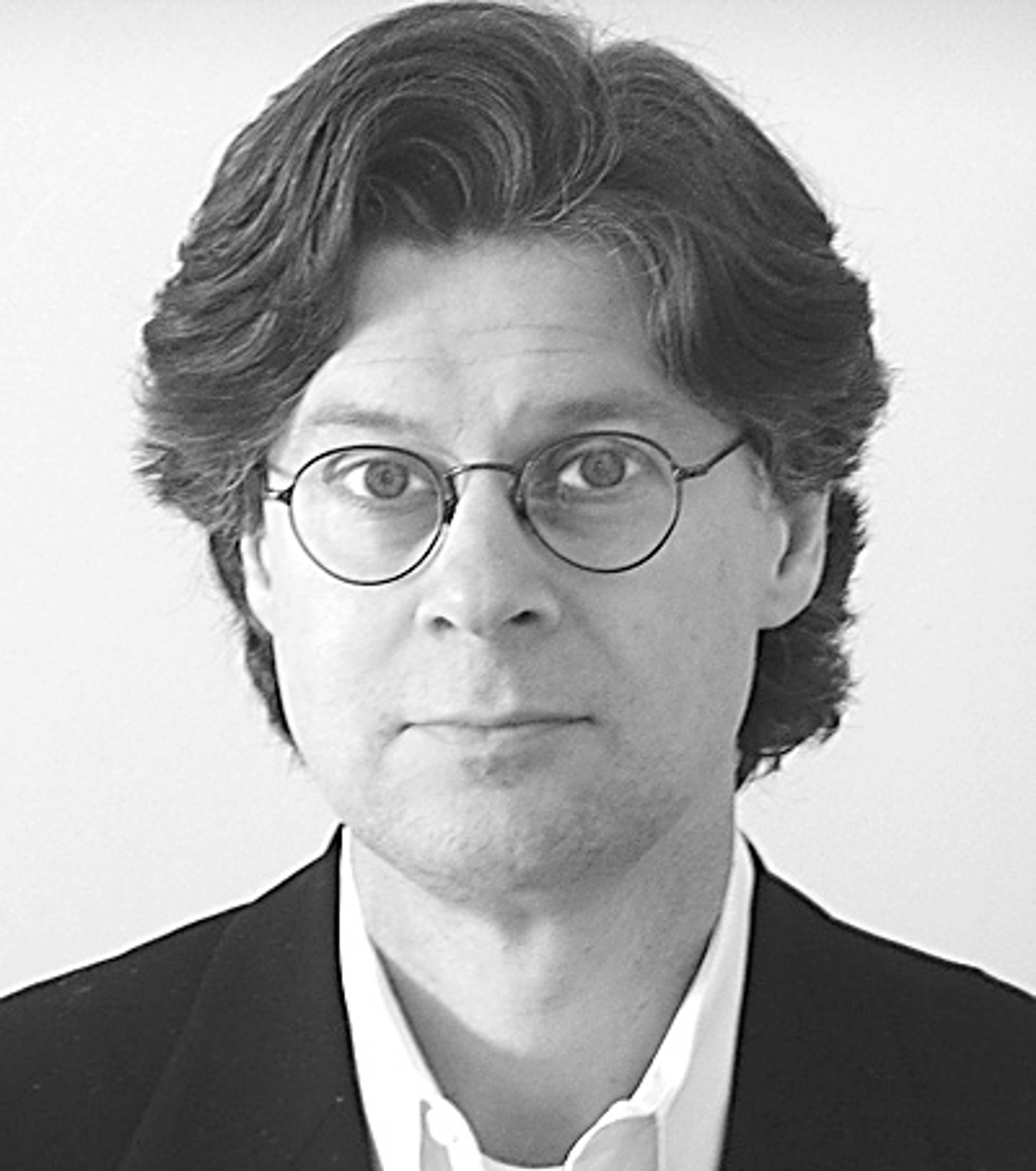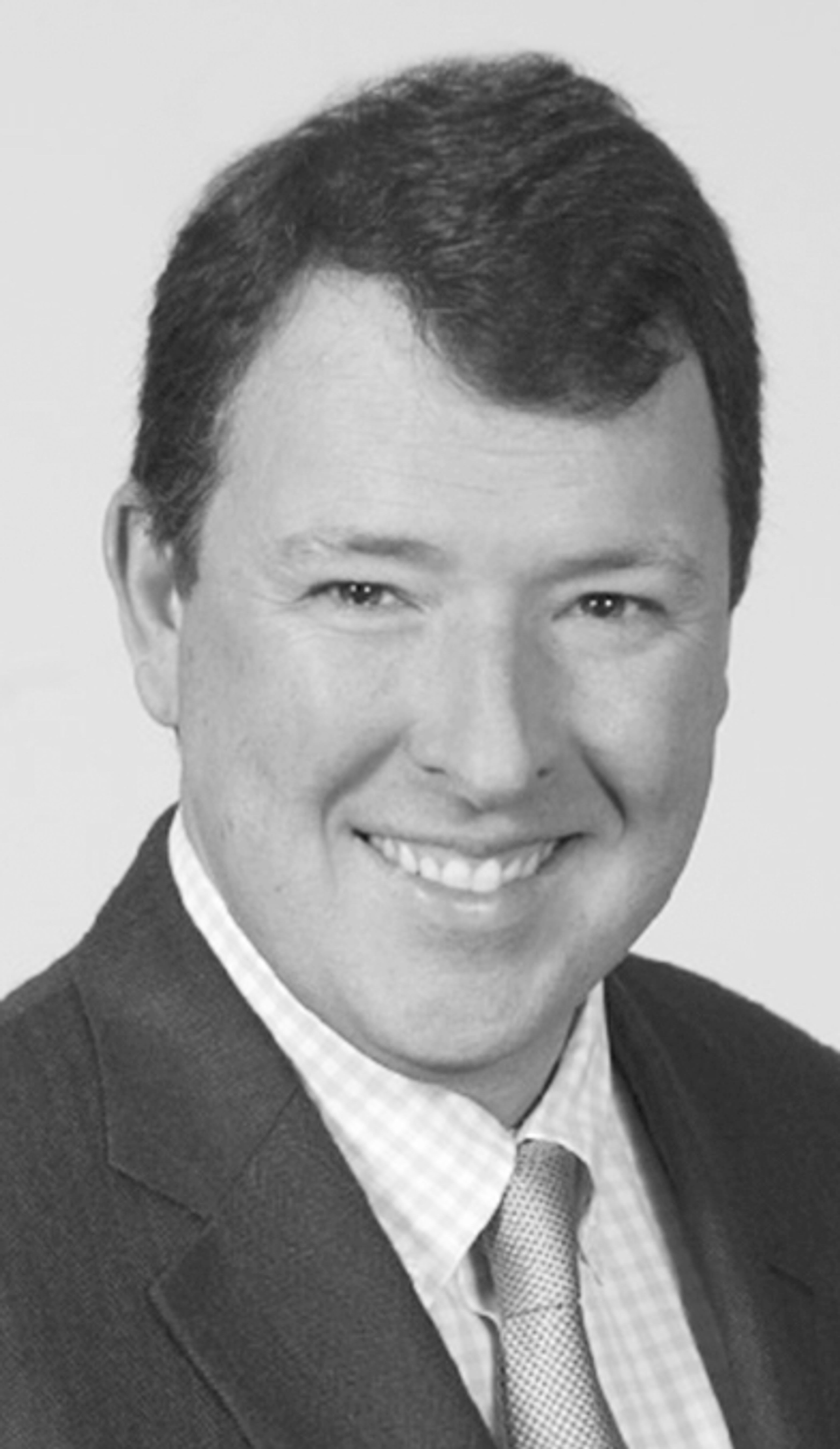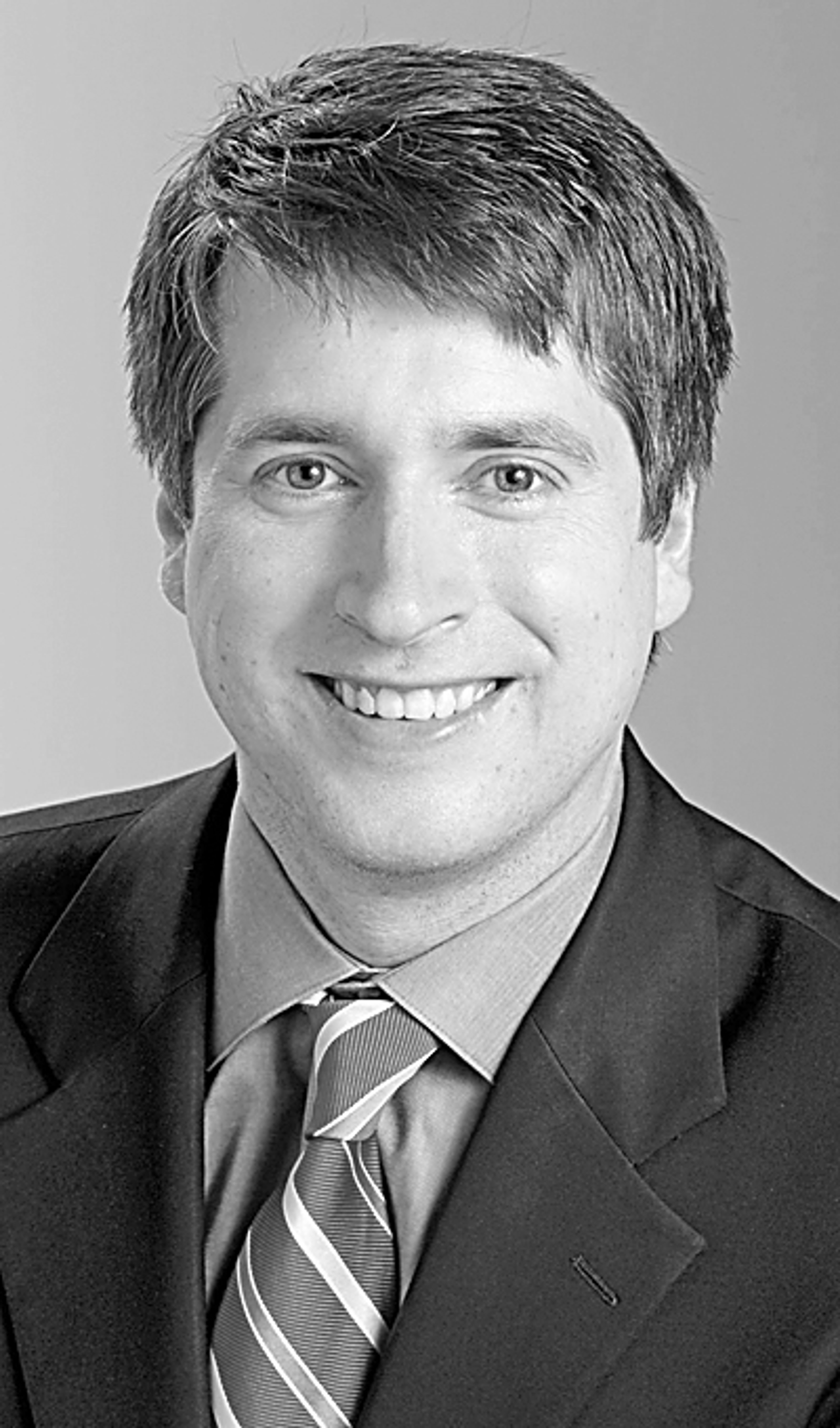Wendy and I spent a week in Cuba earlier this month as part of a group of Inland Press Association editors and publishers. Previously, I gave an account of some of our first impressions and a bit of history as well as review of the Cuban missile crisis. I also started a recap of our itinerary. In this segment, I'll continue my account of our busy itinerary as we returned to Havana.
March 4: We flew back to Havana from Santiago. We toured city after our planned meeting with the foreign ministry was rescheduled.
March 5 and 6: We visited the Cuban Foreign Ministry and met with Fernando Remirez, the first deputy minister. He was well-informed, had a delightful demeanor, spoke English and had spent time in Washington, D.C. When I mentioned U.S. Rep. Jo Ann Emerson, he lit up and said "Bootheel!"
Cuba has 131 diplomatic offices in 109 countries with consulates in Spain and Mexico. Ninety-six countries have offices in Cuba. Today there are 1.8 million foreign visitors a year in Cuba. Ten years ago the number was less than 300,000 annually.
Until five years ago 85 percent of Cuban trade was with the Soviet Union. Forty years ago 80 percent of Cuba's trade was with the United States. This was before Castro and sanctions. Remirez basically gave us a 30-minute data-filled speech on Cuba in a low-key delivery.
We met with Vickie Huddleston, the top official at the U.S. interest section (not called an embassy although it functions as one.) The United States has been opening up its attempts "to reach out to the Cuban people to ease their plight and to help them prepare for a democratic future," she said.
The following changes were adopted in 1999 by President Clinton in consultation with Congress:
Expansion of remittances by allowing any U.S. resident (not only those with families in Cuba) to send limited funds to individual Cuban families as well as to organizations independent of the government.
Expansion of people-to-people contact through two-way exchanges among academics, athletes, scientists and others, including streamlining the approval process for such visits.
Authorization of charter passenger flights to cities in Cuba other than Havana and from some cities in the United States other than Miami in order to facilitate family reunification for persons living outside those cities.
Note: There is a Cuban Chamber of Commerce.
Next we visited the School of Genetic Engineering-Biotechnology where information was presented by a knowledgeable, friendly, well-informed doctor who freely answered all of our questions. He also stressed what we heard at almost every stop: Education has improved, 97 percent of Cubans are literate, life expectancy of Cubans is now 76 years, there is one doctor to every 179 Cubans (64,000 doctors in all), there are 58 university centers and there are numerous medical centers where foreign students are being trained.
We visited the Latin American School of Medicine, which has 34 U.S. students. We heard much of the same rhetoric as at the other schools.
We had lunch with Anita Snow, head of The Associated Press office in Havana. The Chicago Tribune and some other newspapers have opened up bureaus in the last three years.
We met with 25 editors of Cuban newspapers and magazines. All of these Cuban representatives of weekly and daily newspapers and magazines were aware of the boundaries within which they should conduct themselves, especially in such a group meeting.
They agreed they "were not opposition papers. We have accepted as our principle the struggle to accept our socialistic goals."
The publisher of the Community International Daily GRAMMA said, "When we say our truths, our enemies manipulate them to hurt us."
In response to questions about advertising and general reporting, they told us, "You don't understand. Cuba is a Third World country. The U.S. is highly developed. We are trying to get from where we are to where we'd like to be ... and improve conditions for all."
We also visited a Cuban cigar factory where over 500 people were hand rolling cigars in a five-story building. Each worker can smoke two cigars a day on the job.
Cigar workers are paid $18 per month and can retire at 60 at 60 percent of their regular salary. They have recently instituted bonuses based on quality and quantity of each worker who starts and finishes each cigar.
March 7: On our last day, we spent the morning going where most tourists visit except the beaches, which we didn't go to see.
We saw the forts in Havana harbor, the arts and craft displays in Old Havana, the used-book displays, the refurbished buildings for the tourist center of Old Havana and the fancy government-owned restaurants that 98 percent of Cubans couldn't afford.
On the return flight, there was little to no customs checking to see if we'd bought too many cigars (we hadn't) or other items the United States said were above the tourist limit of what we could spend.
However, from Miami to St. Louis I was pulled from the line twice to be checked, including my carry-on bag.
Would I go again? Yes -- in about five years or after Castro dies and hopefully after free elections are permitted.
Next: Some final personal thoughts on the U.S. policy toward Cuba.
Connect with the Southeast Missourian Newsroom:
For corrections to this story or other insights for the editor, click here. To submit a letter to the editor, click here. To learn about the Southeast Missourian’s AI Policy, click here.








